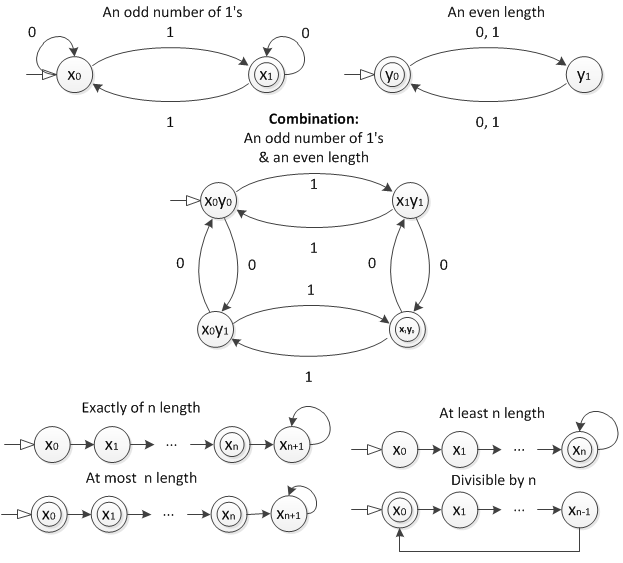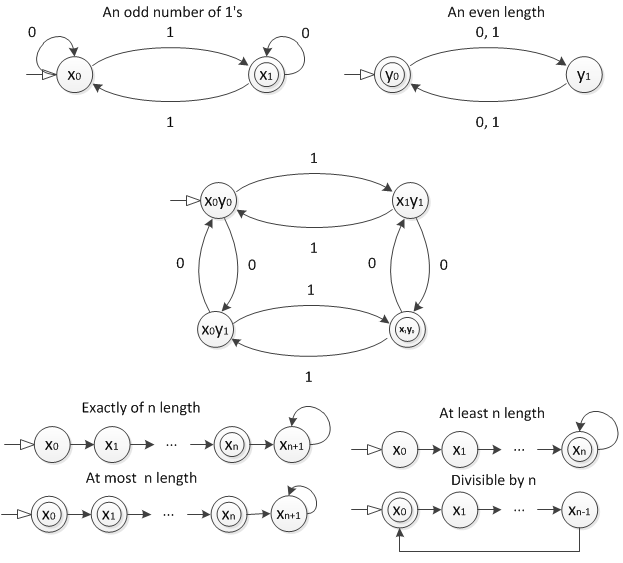Yes, this is called the Product Constuction - given DFAs $M_1$ and $M_2$, we can construct $M=M_1\times M_2$:
- $M$ consists of pairs of states from its constituent DFAs, so if the original DFAs have states $A,B,C$ and $x,y,z$, the product would be $\{Ax,Ay,Az,Bx,By,Bz,Cx,Cy,Cz\}$.
- The transition function is updated such that if on a particular step, a string would cause $M_1$ to transition from state $A$ to $B$ and $M_2$ to transition from $x$ to $y$, then the product would transition from $Ax$ to $By$
- The initial state is the pair consisting of the initial states of the constituent DFAs (i.e. $Ax$).
- If we are constructing the DFA that determines whether both of
the two constituent DFAs would accept the string, then the accept
states of $M$ is the intersection $M_1\cap M_2$(those pairs made up of accept states from both). If
If we are constructing constructing the DFA that determines whether either of the two constituent DFAs would accept the string, then the accept states of $M$ is the union $M_1\cup M_2$ (those pairs made up of accept states from either). In
In your example, $x_1$ and $y_0$ are the accept states of $M_1$ and $M_2$; the intersection would be $\{x_1y_0\}$ while the union would be $\{x_1y_0,x_1y_1,x_0y_0\}$.
I’ve included some other DFAs regarding restrictions on length for reference.


